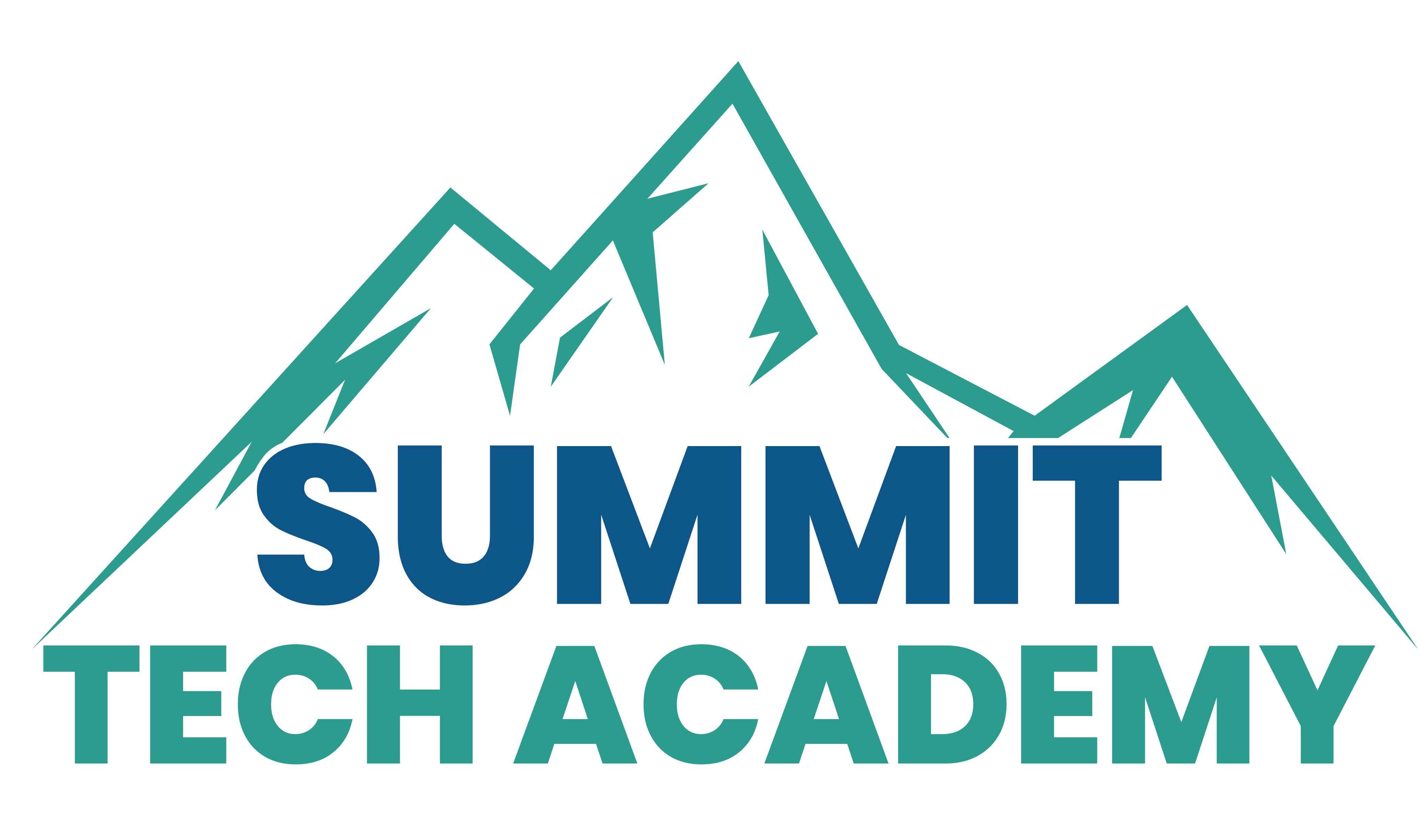
This morning, I completed listening to Satya Nadella’s book “Hit Refresh”. This was a book that I both read and listened to on Audible using Amazon’s WhisperNet technology (which synchronizes your position in the eBook and Audiobook so that you can switch back and forth). The audible version was more enjoyable in this case – especially the critical areas in whcih Satya used his own voice.
The book sparked/reignited ideas around the role of technology in the future of humanity and how it can be leveraged for both self and economic development. With my personal focus on learning and technology – I was especially encouraged to hear the CEO of Microsoft promoting the role of education and especially vocational education in lifelong learning and technology use.
Atomic Element of Learning
In the course of thinking about how to actually delivery lifelong learning, I have proposed the idea of “Learner Dashboards” to allow for self-efficacy in learning. This would require taking larger concepts and skills and breaking them into atomic units for transfer and measurement. Then, synthesizing these elements into larger skill objectives and applications.
While listening to the book, I began thinking about the role that Cloud Services, Artificial Intelligence, and Prescriptive Analystics could play in both the break-down, build-up, and pattern discovery aspects of learning.
Building a Map of Atomic Elements
For an experiment, I am going to take some technical skills my students need to know and deconstruct them into smaller elements. Beyond typical outcomes and objectives design, I am looking at a workable elements that can be measured with specific precision. The goal is to then look at alternate sythesis of these elements into broader skill packages.
For example, if the ability to convert decimal numbers to binary is a learnable/measureable skill – then this skill is an atomic element of both subnetting and wildcard masking. So the skill acquisition need only occur once. (theoretically at least: there is also an elements of context and skill reenforecement, but the idea of less time to re-present the skill is important in terms of skill acquision times).
Next Steps
When I wrote my thesis on Learner Dashboards, I did wonder what my follow-up would be. Now, I am thinking that the creation of a course based upon the end objective may be a good next step.
Ideally, by doing this across a knowedge domain, I could them employ cognitive analysis across several skill sets to see where there is over-lap and the ability to use an education agent to assist the students in learning what to learn.
The book sparked many ideas, but I think it really made me consider that I am on the right track to take advantage of developments happening at companies such as Microsoft to my own interests in accelerating and supporting learning with technology.
… of course – I also desperately want to use some Hollow Lens technology as well 🙂
